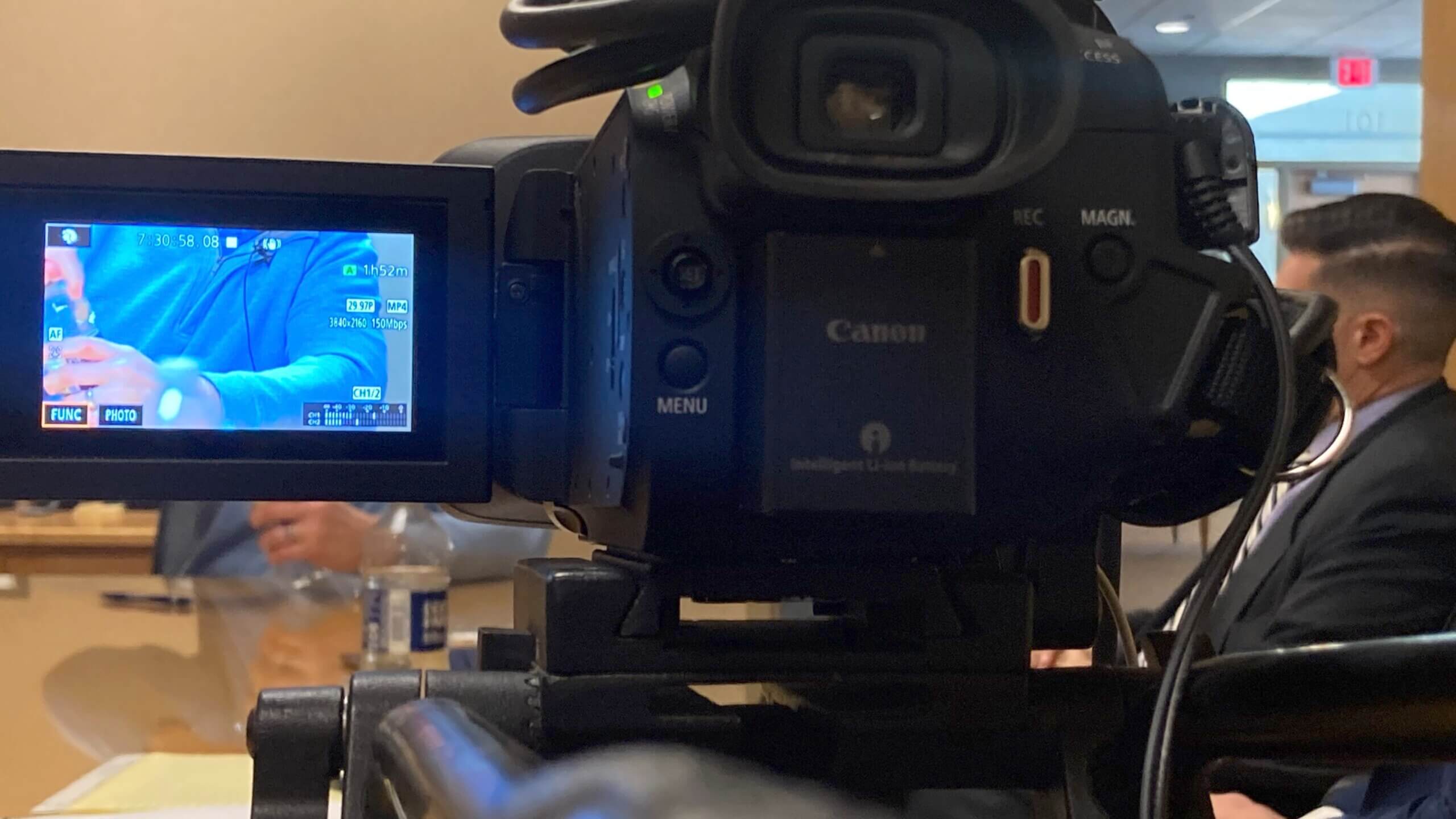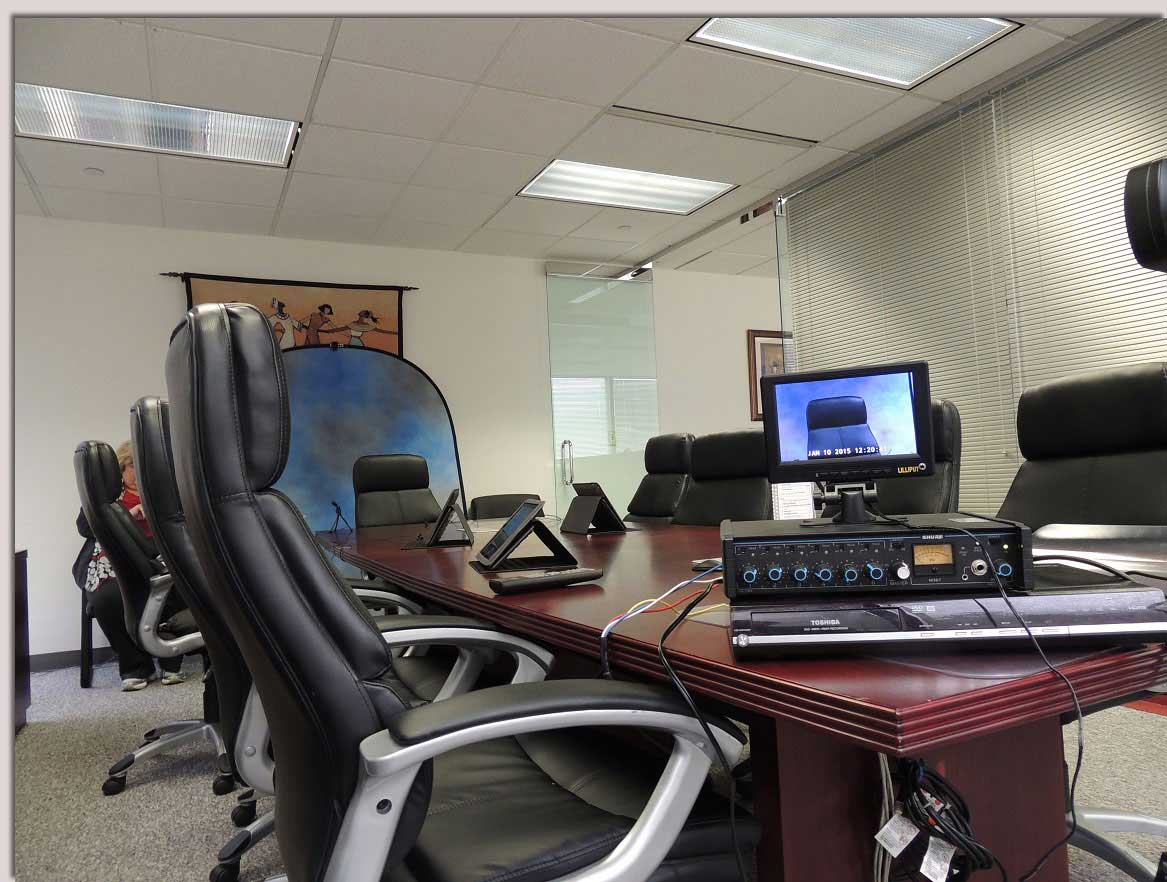Exploring the Devices of Lawful Videography: Unveiling Its Operation in Shielding Authentic Visual Testimony for Judicial Procedures
In the world of judicial proceedings, the duty of legal videography stands as a cornerstone in preserving and presenting visual proof. As modern technology proceeds to advancement, the mechanisms behind lawful videography have become increasingly detailed, using a critical layer of credibility to statements caught on video clip. By delving right into the operational intricacies of lawful videography, one can discover the careful procedures that protect the stability of aesthetic proof offered in court rooms - Legal Videography. This expedition not just sheds light on the historical evolution of lawful videography yet likewise means the future patterns that may additionally reinvent how visual statements are maintained in the realm of justice.
Historic Advancement of Lawful Videography
Examining the historical progression of legal videography exposes a substantial improvement in the recording and discussion of aesthetic proof within the legal landscape. In the past, lawful procedures greatly depended on composed records and photographs to record occasions and supply evidence. However, with the development of video clip innovation, the legal sector witnessed a paradigm shift in how aesthetic testimony was captured and provided.
The advancement of lawful videography can be traced back to the late 20th century when innovations in video clip recording equipment made it a lot more accessible for use in court rooms. This technical improvement not only improved the precision and dependability of visual evidence but likewise transformed the way cases were offered to juries and courts (Legal Videography). Attorneys started to acknowledge the convincing power of video recordings in communicating feelings, subtleties, and non-verbal signs that created photographs or records alone could not record effectively

Technology Developments in Video Documents
What key technical improvements have changed video documentation in the lawful field? The lawful area has actually seen significant improvements in video clip documents technology that have actually boosted the credibility and dependability of visual proof in judicial process. One of the vital developments is high-definition (HD) video clip recording abilities, which provide crystal-clear pictures and sharp information that are vital for precisely capturing testimonies, faces, and other aesthetic cues. Additionally, the integration of timestamping and metadata features in video paperwork tools has actually enabled precise paperwork of when and where the video clip was taped, guaranteeing the integrity of the proof presented in court.
Additionally, developments in video security and watermarking innovations have actually bolstered the protection and tamper-proof nature of video evidence, protecting it versus unapproved changes or tampering. The development of cloud storage options and remote accessibility abilities has structured the storage, access, and sharing of video clip evidence, promoting smooth collaboration among legal experts and ensuring efficient accessibility to crucial visual statements when required. These technological developments in video documentation have certainly transformed the lawful field, improving the precision, trustworthiness, and admissibility of visual proof in judicial process.
Function of Legal Videographers in Court Room Setups
The advancement of video clip paperwork modern technology in the lawful field has necessitated an important role for legal videographers in courtroom settings, ensuring the honesty and reliability of visual testimonies provided during judicial process. Lawful videographers play a fundamental role in capturing and protecting exact aesthetic evidence that can be critical in court cases. Their responsibility includes setting up devices, videotaping proceedings, and producing high-quality video clips that precisely reflect the occasions in the courtroom.
In courtroom settings, lawful videographers must follow strict standards and standards to maintain find this the credibility of the aesthetic document. They should possess an eager eye for detail and an extensive understanding of legal procedures to make sure that the video they catch is a true depiction of the occasions that took place. Additionally, lawful videographers usually work very closely with legal teams to guarantee that the video proof straightens with the situation's requirements and can be successfully provided in court to support the lawful debates being made. Overall, the role of lawful videographers in court setups is essential in upholding the concepts of justice and ensuring the openness of legal process.

Ensuring Admissibility and Honesty of Video Evidence
To preserve the trustworthiness of aesthetic proof offered in lawful process, ensuring the admissibility and honesty of video proof is an important responsibility for lawful videographers. Admissibility describes the approval of proof by the court, and for video proof to be admissible, it must meet particular requirements. Lawful videographers play a vital duty in guaranteeing that the video clips they capture follow the regulations of evidence, such as relevance, dependability, and credibility.
Honesty of video evidence includes preserving the originality and precision of the footage from the time it is taped until it is presented in court. This consists of firmly storing the video clip files, recording the chain of custodianship, and protecting against any meddling or changes. Lawful videographers have to follow stringent protocols to guarantee the honesty of the video proof and prevent any type of obstacles to its credibility.
Future Trends in Legal Videography
Offered the increasing dependence on modern technology in legal proceedings, legal videographers are positioned to welcome ingenious advancements forming the future of visual testament capture and discussion. Among the popular patterns coming up is the assimilation of digital fact (VIRTUAL REALITY) and increased reality (AR) technologies into legal videography. These modern technologies have the prospective to transform how visual proof is offered in court rooms, allowing discretionary to immerse themselves in the scene of the crime or event.
Moreover, making use of you can find out more fabricated knowledge (AI) formulas for video evaluation is expected to simplify the process of assessing and assessing huge quantities of video footage. AI can aid in recognizing essential minutes, abnormalities, and patterns within videos, enhancing the efficiency of legal investigations.

Final Thought
Finally, lawful videography has actually played an important role in giving authentic aesthetic proof for judicial process. With technical advancements and the experience of legal videographers, the integrity and admissibility of video clip proof are made sure in courtroom setups. As lawful videography remains to progress, it will be necessary to promote standards that maintain the precision and integrity of visual testimony for the future of legal process.
Examining the historical development of legal videography exposes a significant improvement in the recording and discussion of visual evidence within the legal landscape.The advancement of video clip documentation innovation in the lawful area has actually necessitated an important function for lawful videographers in court room setups, ensuring the stability and dependability of aesthetic statements offered throughout judicial process. In addition, lawful videographers frequently work closely with legal teams to guarantee that the video evidence aligns with the case's requirements and can be efficiently presented in court to support the legal arguments being made.To maintain the reliability of visual evidence offered in lawful process, making sure the admissibility and stability of video evidence is a crucial responsibility for legal videographers. As lawful videography proceeds to progress, it will certainly be necessary to maintain requirements that preserve the accuracy and integrity of aesthetic read review statement for the future of legal proceedings.